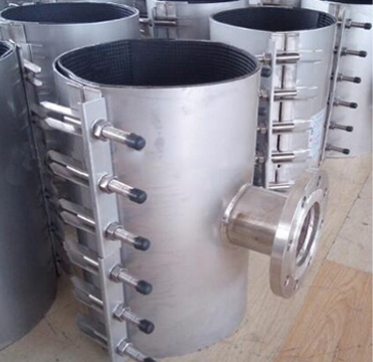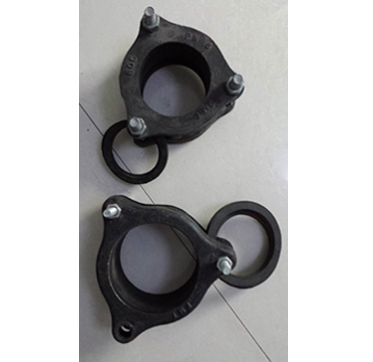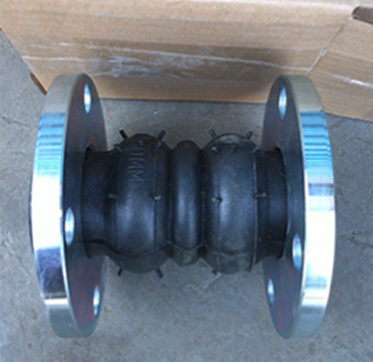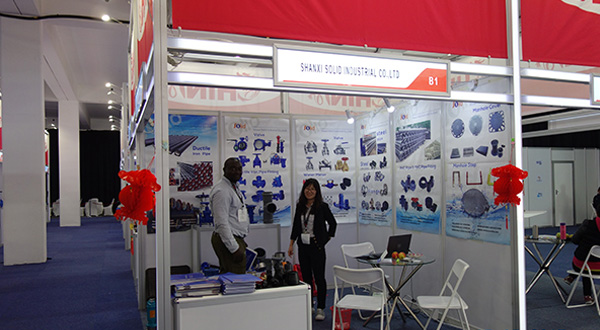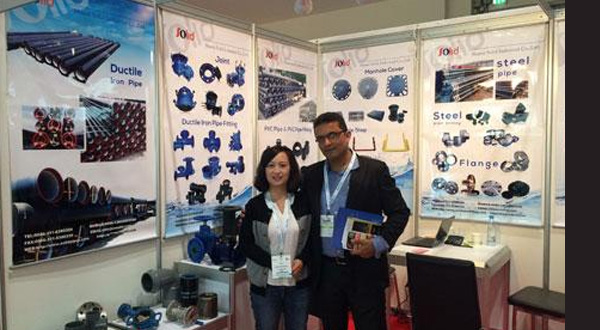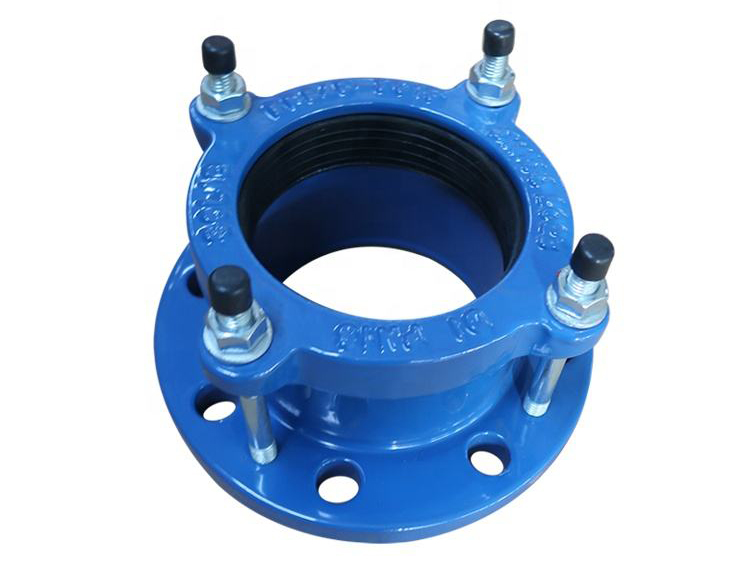
- Home
-
Product
Dismantling Joint Flexible Coupling Flexible Flange Adaptor Universal Coupling Universal Flange Adaptor Quick Adaptor For PVC Quick Adaptor For PE Gibault Joint For PVC Restrained Coupling For PE Restrained Flange Adaptor For PE DI Saddle Clamp SS Saddle Clamp Repair Clamp With DI Lug Full SS Repair Clamp Tapping Saddle Tapping Saddle With SS Belt Gibault Joint For AC Pipe Rubber Expansion Joints
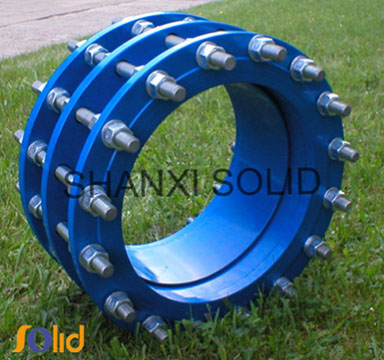
-
Dismantling Joint
Standard: ISO2531,EN545, ASTM
Pressure: PN10/PN16/PN25/PN40/PN64
Body material: Ductile iron or cast iron
Coating: FBE ( fusion bonded epoxy) coating or Epoxy painting, Rilsan(Nylon 11)
Gaskets: NBR or EPDM

-
Flexible Couplings
Standard: ISO2531,EN545
Pressure: PN10/PN16/PN25
Body material: Ductile iron or cast iron
Coating: FBE ( fusion bonded epoxy) coating or Epoxy painting, Rilsan(Nylon 11)
Gaskets: NBR or EPDM

-
Flexible Flange Adaptor
Standard: ISO2531,EN545
Pressure: PN10/PN16/PN25
Body material: Ductile iron or cast iron
Coating: FBE ( fusion bonded epoxy) coating or Epoxy painting, Rilsan(Nylon 11)
Gaskets: NBR or EPDM
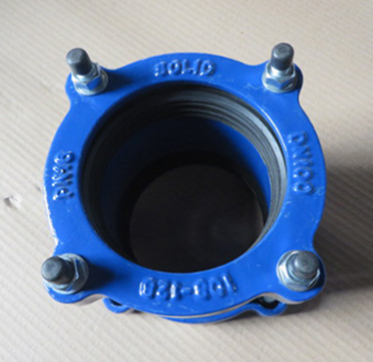
-
Universal Couplings
Standard: ISO2531,EN545
Pressure: PN10/PN16
Body material: Ductile iron or cast iron
Coating: FBE ( fusion bonded epoxy) coating or Epoxy painting, Rilsan(Nylon 11)
Gaskets: NBR or EPDM
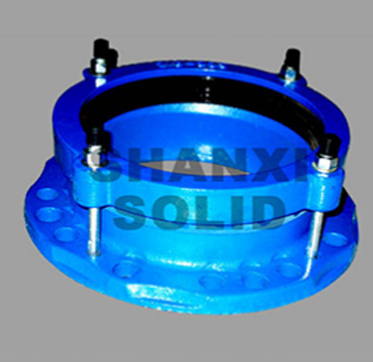
-
Universal Flange Adaptors
Standard: ISO2531,EN545
Pressure: PN10/PN16
Body material: Ductile iron or cast iron
Coating: FBE ( fusion bonded epoxy) coating or Epoxy painting, Rilsan(Nylon 11)
Gaskets: NBR or EPDM
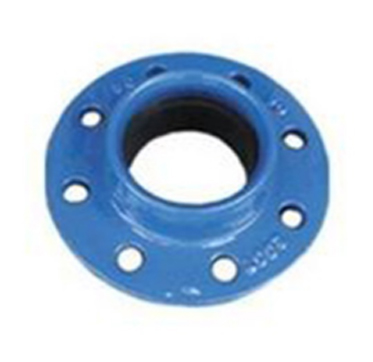
-
Quick Adaptor For PVC
Standard: ISO2531,EN545
Pressure: PN10/PN16
Body material: Ductile iron or cast iron
Coating: FBE ( fusion bonded epoxy) coating or Epoxy painting, Rilsan(Nylon 11)
Gaskets: NBR or EPDM
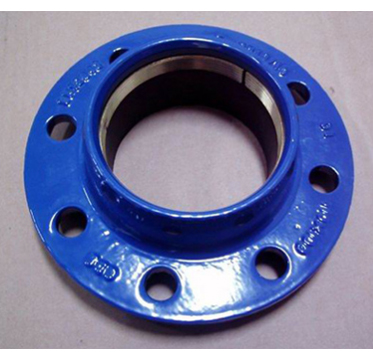
-
Quick Adaptor For PE
Standard: ISO2531,EN545
Pressure: PN10/PN16
Body material: Ductile iron or cast iron
Coating: FBE ( fusion bonded epoxy) coating or Epoxy painting, Rilsan(Nylon 11)
Gaskets: NBR or EPDM
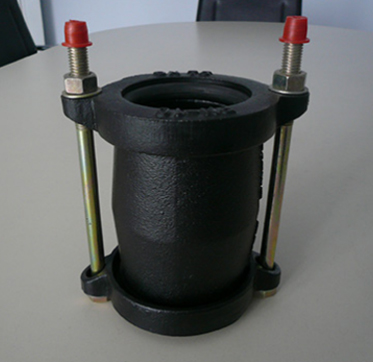
-
Gibault Joint For PVC
Standard: ISO2531,EN545
Pressure: PN10/PN16
Body material: Ductile iron or cast iron
Coating: FBE ( fusion bonded epoxy) coating or Epoxy painting, bitumen painting, Rilsan(Nylon 11)
Gaskets: NBR or EPDM
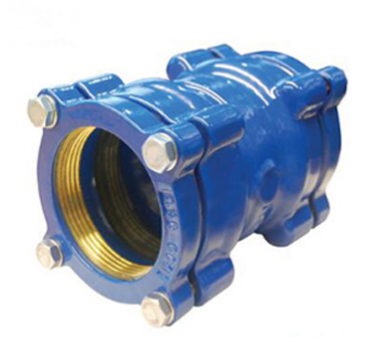
-
Restrained Coupling For PE
Standard: ISO2531,EN545
Pressure: PN10/PN16
Body material: Ductile iron or cast iron
Coating: FBE ( fusion bonded epoxy) coating or Epoxy painting, Rilsan(Nylon 11)
Gaskets: NBR or EPDM
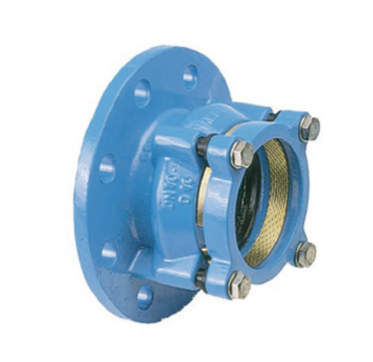
-
Restrained Flange Adaptor For PE
Standard: ISO2531,EN545
Pressure: PN10/PN16
Body material: Ductile iron or cast iron
Coating: FBE ( fusion bonded epoxy) coating or Epoxy painting, Rilsan(Nylon 11)
Gaskets: NBR or EPDM
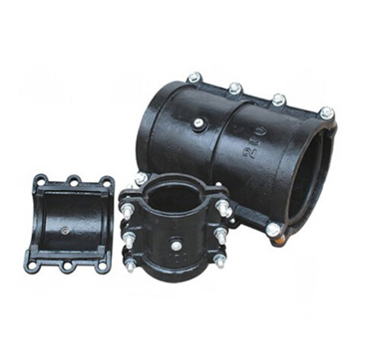
-
DI Saddle Clamp
Pressure: PN10/PN16
Outlet: thread or flange
Body material: Ductile iron or cast iron
Coating: FBE ( fusion bonded epoxy) coating or Epoxy painting, Rilsan(Nylon 11)
Gaskets: NBR or EPDM
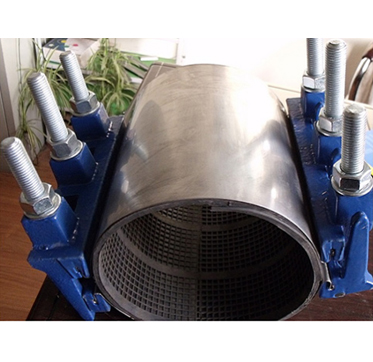
-
Repair Clamp With DI Lug
Pressure: PN6/PN10/PN16
Type: Single band / double bands / triple bands
Body material: SS304/SS316
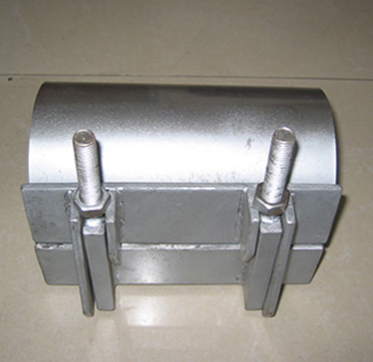
-
Full SS Repair Clamp
Pressure: PN6/PN10/PN16
Type: Single band / double bands / triple bands
Body material: SS304/SS316
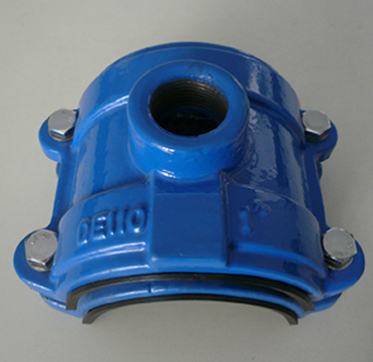
-
Tapping Saddle
Standard: ISO2531,EN545
Pressure: PN10/PN16
Body material: Ductile iron or cast iron
Coating: FBE ( fusion bonded epoxy) coating or Epoxy painting, Rilsan(Nylon 11)
Gaskets: NBR or EPDM
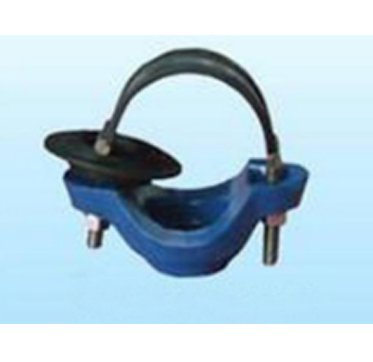
-
Tapping Saddle With SS Belt
Standard: ISO2531,EN545
Pressure: PN10/PN16
Body material: Ductile iron or cast iron
Coating: FBE ( fusion bonded epoxy) coating or Epoxy painting, Rilsan(Nylon 11)
Gaskets: NBR or EPDM
-
About Us
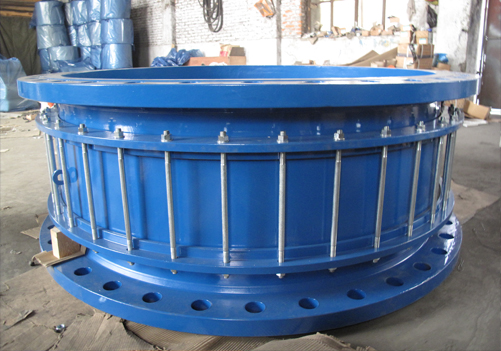
-
Shanxi Solid Industrial Co., Ltd. is located in the heavy industry province of Shanxi, China with rich resources of pig irons, coke, steel and other industrial raw materials, we are one of the leading manufacturers of Ductile iron pipes, Ductile Iron Pipe Fittings, Flange Adaptors, Couplings, Dismantling Joints, repair clamp and so on...
- News
- Workshop
-
FAQ

-
Your demand is always our top priority and we are always here to help in ensuring you have clear knowledge when visiting our website. To do this we have added this FAQ which you can check for more information about our products. If you can not find what you are looking for below or you are unsure about any information regarding SOLID’ products, please feel free to send us an enquiry through the contact us page. We are always happy to help!
-
Contact Us
-
-

-


